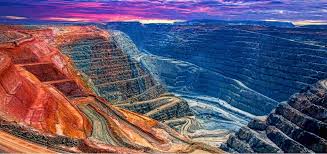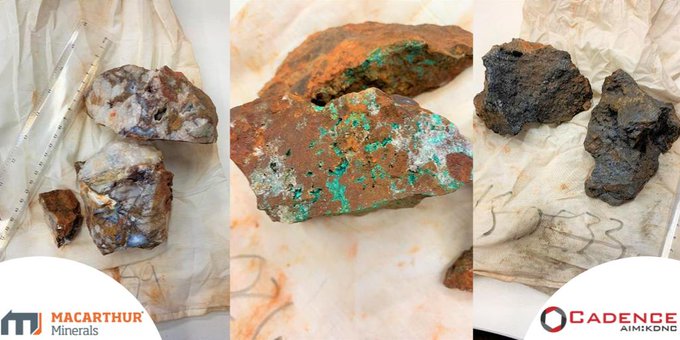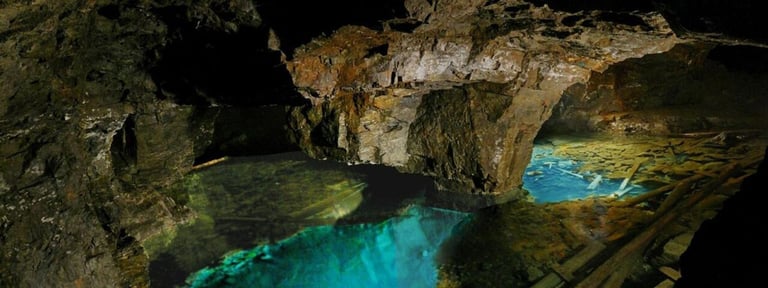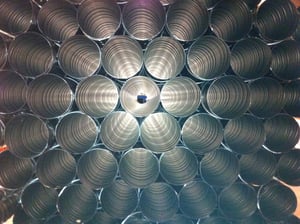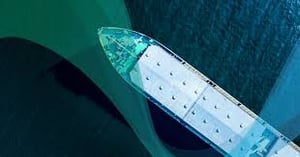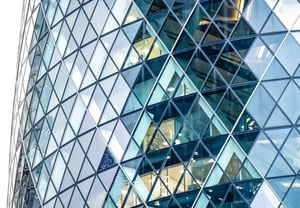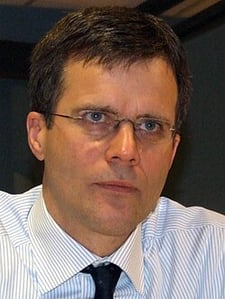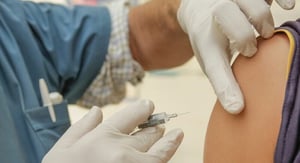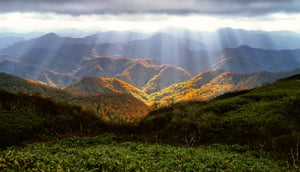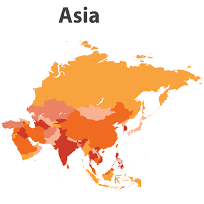Cadence Minerals plc (LON:KDNC) Chief Executive Officer Kiran Morzaria caught up with DirectorsTalk for an exclusive interview to discuss its inaugural shipment of iron ore from Amapá, the next steps and the potential opportunities and benefits that it’ll bring for the wider community.
Q1: Now you announced your inaugural shipment of iron ore from the Amapá Iron Ore project in Brazil. Kiran, what was the significance of that announcement?
A1: This was a hugely significant announcement for DEV Mineraço, the company that we’ll be investing into, and Cadence Minerals.
One of the most important things about this asset was its ability to effectively start selling 1.39 million tonnes worth of high-quality high-grade iron ore that exists at the site and that to be utilised, to reinvest into the project, and of course, pay some small creditors and employees.
So, this is incredibly significant because we’ve now been able, under a court order, to start moving that material up to a net value of $10 million and, as I’ve just said beforehand, around $2.5 million of that will go to the small creditors and ex-employees when this asset went into receivership in 2015. In addition to that, $6 million will be utilised to reinvest in the project, particularly studies and general maintenance of the asset.
So, a huge step forward for DEV and for us as a company and we really look forward to moving this project forward through to development and eventual production.
Q2: Now that shipping has started, what are the next steps?
A2: Well, the critical next step and the obvious one that we’ve talked about clearly in that announcement is that we need vest 20% and how does that occur?
Well, it really works by, in essence, us reaching a settlement agreement with the secure bank creditors, once that’s occurs, that is a precondition of the creditor approved JRP – Judicial Review Process. Once that occurs, we reach a settlement agreement, our $2.5 million exists in escrow will be released and we will get our 20% of the assets.
From there, once we’ve got our 20% in the asset, that process of taking it from what is going to be shipping its iron on a regular basis over 18 to 24 months, that iron ore being utilised for the redevelopment of the asset and carrying out studies to feasibility study levels. That will then allow us to finance the project, either through partly a debt project finance, through the stockpiles that are occurring and some equity. After that, once you finance the project, you construct it, you look to production.
Now, from when we get our 20% to when we go into full-time production, i.e., not from the stockpile, we estimate that it’s going to be around 24 months or thereabouts to get to that point.
So that’s an aggressive target but we hope to be able to achieve it once we put our 20% so those are really our next steps.
In the short term, obviously assuming that we get our bank settlement done, with both parties are aligned here to get it done now, we will then be looking at scoping studies to show the value of this asset to our shareholders. That’s going to be a series of constant news flow going here until production, which is all positive.
I think one thing that we’ve really noticed, we should notice, is this asset now, as soon as the shipment has occurred, is effectively profit making and will be so, all things being equal, all the way through to the end of this mine life now.
Q3: What can you tell us about the potential opportunities and benefits that it’ll bring for the wider Amapá community?
A3: That’s a really important part here. I think if we have to look at Cadence Minerals’ ESR – Environmental and Social Responsibilities – we have to consider that this asset, first of all, the port fail in 2014/15 and that caused a complete cessation of activities, a lack of tax revenue locally and I think, on an incremental basis, locally owned contractors around 1,800 to 2000 employees affected by this.
You’ve also got a mine that was not rehabilitated so our plan, of course, is to rehabilitate the mine, provide that level of tax revenue to both at the state level, provide levels of employment and the multiplication effect on that.
In terms of the environmental side, well, of course, like all good mining projects, there is a value that you will build up, to rehabilitate that land at the end of its mine line to effectively a natural state or where it was beforehand. This is an asset that, by rejuvenating it, is going to provide a great level of social benefits locally to the community, to the federal and the state. In environmental sense, in the longer term, it will be a rehabilitation of the asset and the mine, in particular the mine, to a natural state.
The long-term benefits, of course, is that there will be a port there that could be utilised for other aspects and the railway, when rehabilitated, which connects various communities together.
So, there’s some real positive outlook on the environmental, social and governance aspects of this asset as well.

